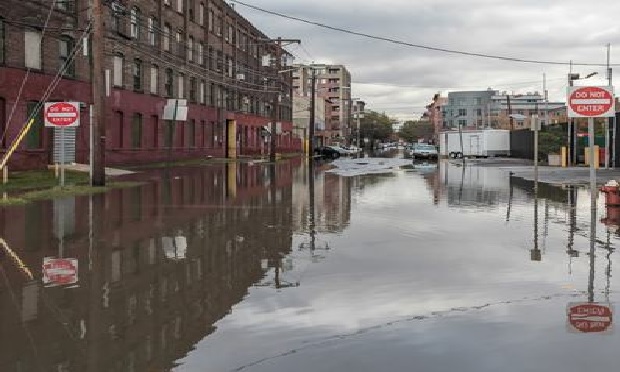 Approximately 80% of the world's catastrophic flooding losses are uninsured. Parametric insurance could provide businesses with another means to protect their investment. (Photo: Sergey/Adobe Stock)
Approximately 80% of the world's catastrophic flooding losses are uninsured. Parametric insurance could provide businesses with another means to protect their investment. (Photo: Sergey/Adobe Stock)
Flood insurance is a vital risk management tool for any business operating in a high-risk area and FloodFlash is giving companies a new option in this coverage market. In October, the company began writing parametric flood insurance policies through brokers in the U.S., following a successful launch in the U.K. earlier this spring.
Recommended For You
Want to continue reading?
Become a Free PropertyCasualty360 Digital Reader
Your access to unlimited PropertyCasualty360 content isn’t changing.
Once you are an ALM digital member, you’ll receive:
- Breaking insurance news and analysis, on-site and via our newsletters and custom alerts
- Weekly Insurance Speak podcast featuring exclusive interviews with industry leaders
- Educational webcasts, white papers, and ebooks from industry thought leaders
- Critical converage of the employee benefits and financial advisory markets on our other ALM sites, BenefitsPRO and ThinkAdvisor
Already have an account? Sign In Now
© Touchpoint Markets, All Rights Reserved. Request academic re-use from www.copyright.com. All other uses, submit a request to [email protected]. For more inforrmation visit Asset & Logo Licensing.







